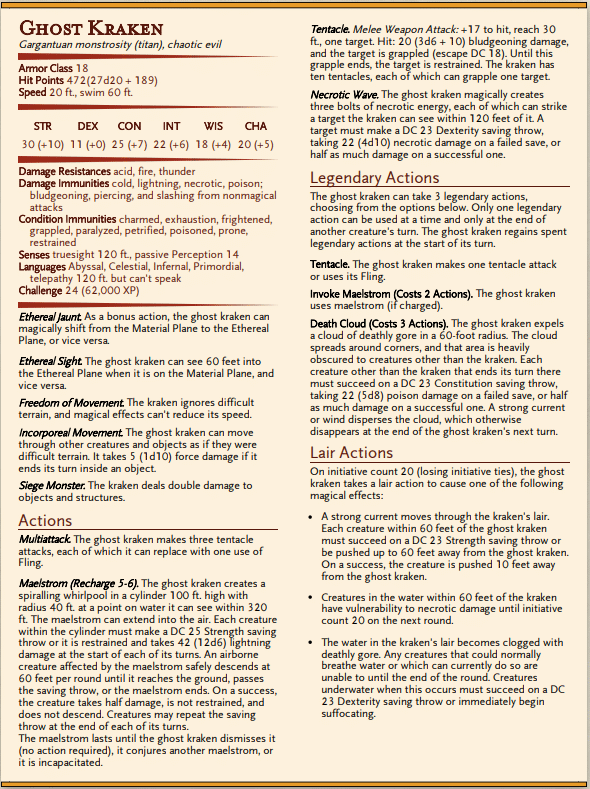How to Write a DnD Adventure
Published on August 25, 2021, Last modified on March 23rd, 2024
In this article, Robin Langfield Newnham from Golem Factory discusses how to write professional DnD adventures. Robin dicusses structuring your adventure module, writing for a broad audience, and providing value to your potential purchasers.

Table of Contents
You all meet in an editor’s office…
We all love Dungeons & Dragons. Whether it’s playing it, looking at lore, or even finding resources for it, like items and stat blocks, we all have our own passions. For many of us, we want to share those passions with others – and if you harbour hopes of working in the industry, that might mean attaching a price tag to them.
One of the most popular areas of creativity is to publish adventures and one-shot modules. If you’ve DM’d before, you might feel like you’ve got a handle on how to write material people will want. And you might be right – but like a good boss fight, being a good DM is only the first stage of the battle.
As with any adventure, the base part of any module is a good hook, a good path, and a clear idea of how it should be run. But writing notes for personal use and knowing how to write a professional adventure module for DnD are two separate things.
There’s lots to consider beyond the scope of the adventure itself, primarily because, for once, you’re not writing for yourself. You’re going to need to know what other DMs want and need.
So if you’re looking to get started in writing DnD adventure modules, read on for advantage on the roll!
The (dastardly) plot – and structure
This might seem like the easiest part if you’ve DM’d before. You know how to write a story, craft nice segments for characters, and introduce cool callbacks that’ll get everyone excited.
But here’s your first problem: you don’t know the table, you don’t know the characters, and you don’t get to tell the end user how to play the game. Sure, you can write fifty thousand words per action, trying to cover off every possible way a player will interact with your writing, but you’re not going to be there to use your backup ideas to steer the action.
You’re going to need to trust in the DMs buying your adventures. And to do that, you need to make their lives easy.
Don’t overload the story
Something to consider when writing stories for others is keeping things simple. In my last campaign that I ran for my own players, they encountered time-travelling illithid monstrosities which caused a temporal loop in which the players ended up fighting themselves from an alternate future. In space.
They had a great time, and the story made sense (mostly) in context, but there’s no way I’d be able to turn that into something other people can run. There are too many moving parts. It was a great adventure, but it wouldn’t make a great adventure module.
If I wanted to capture some of those elements and turn them into something someone else can use, I’d cut it way back to, say, an illithid monstrosity being the main foe. There’s still a lot we can do with that, and if we include a couple of notes indicating it travels through time, the end DM can come up with their own ways to tie it into a longer campaign. But keeping it straightforward will make it more approachable.
Not too long and not too short
It’s not just about complexity: it’s also about length. When writing professional adventures, at least at the start, it’s best to aim for one-shots, as many people buying adventures will be looking for something they can run to get their friends into the game or for a special occasion.
That’s not to say there isn’t a market for longer adventures. Once you’re comfortable with writing for other people, go crazy with the modules! But for those just starting out with writing, it won’t hurt to keep things short and sweet.
For one-shots, there’s a simple formula that will work for nearly everyone (it may not be suitable for higher-level adventures). Here’s how to write DnD adventure modules that’ll keep a comfy pace:
- A short introduction
- An easy-to-moderate combat sequence
- The bulk of the adventure, focusing on roleplay
- A boss fight
- A short conclusion
It may seem quite rote and prescriptive, but it’s actually quite freeing. Too much combat can become dull, particularly at lower levels, while too little can disappoint those looking to test-drive different classes or races.
Of course, this isn’t to say you shouldn’t break away from that formula. A one-shot focusing around one extended boss fight could be fun, as could a more traditional dungeon crawl formula. But if you’re trying to pace the module for a single session, the above generally works pretty well for about 4-5 hours of gameplay.
Notes and quotes
Writing for others isn’t just about the adventure itself. It’s also about how you write it. And this is arguably the biggest challenge.
When writing notes for yourself, you might be a DM who prefers pre-planning paragraphs of speeches and descriptions that you’ll read out to your players. Or you might just jot down “goblin” and “kingdom” and when it comes to it, completely wing a whole conversation with the local greenskin tribe. But you’re not writing notes for yourself anymore.
DMs are as varied as they come, and you don’t know which type will buy your adventures. Hopefully, it’s both. Accordingly, you shouldn’t try to plan for one or the other – there’ll always be someone who won’t like your style.
When writing adventures for others, I tend to write bullet point notes about what’s in a scene, what activities players might choose to pursue, and a final paragraph suggesting when they should consider moving on. I prefer to put control firmly in the DM’s hands and leave descriptions to them, though I include enough details that they shouldn’t find it too hard.
But my way is far from the only way. Some DMs might not like having to come up with detailed descriptive paragraphs themselves. Others might like the freedom to create detail while using my broader ideas and resources.
It’s hard to know what the right answer is, but it is something you should consider when writing. Don’t be too prescriptive, as you might take control out of the hands of both DMs and players. But don’t leave too much to the imagination, or your customers won’t get value for their money.
Give them something to take away
Ghost kraken stats and the Spectral Harpoon below are drawn from the latest Golem Factory adventure, Into the Stormtide, available now.
Something great about DnD is what both players and DMs come away with. And I’m not talking about the sense of satisfaction, though that’s great too. I’m talking about the loot.
Players love shiny new items, and even in a standalone one-shot, it adds something extra. But items that strike a chord with both players and DMs aren’t restricted to that adventure. They might carry them over into another campaign, or they might become a legacy item that stays with the table far into the future.
Including unique items – and for the DM, unique monsters as well – can be an extra element of value that really helps cement your adventure as more than just a one-shot.
Final Tip
DMs can take away more than just items. Every DM has something they can add to the game, whether it’s mechanics, puzzle creation, or great stories. If you can incorporate that into your adventures, you can provide more facets that these DMs will take into their own future games – and that’s the real sign that you’ve achieved something with your writing.
Robin Langfield Newnham is the founder and owner of Golem Factory, where he writes adventures and creates content for Dungeons and Dragons’ Fifth Edition. Golem Factory’s latest adventure for 20th level characters, Into the Stormtide, is available here.




